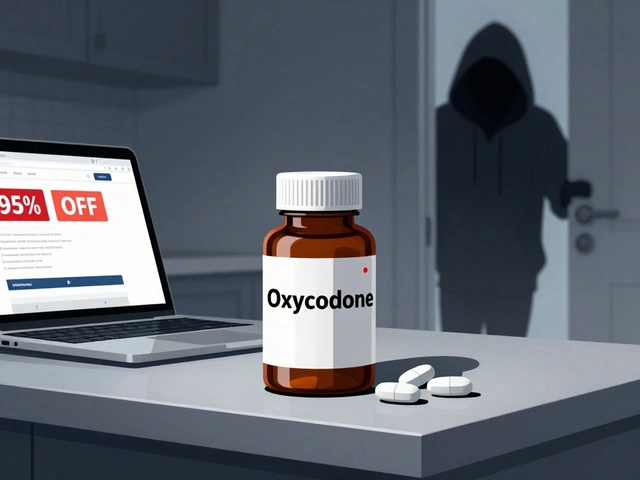Diabetes management: Simple steps you can use today
Nearly 1 in 10 adults has diabetes, but small daily choices make a big difference. If you want fewer highs and lows, less stress about meds, and clearer targets from your care team, start with practical, repeatable habits. This page gathers real-world tips on blood sugar control, medication safety, and easy lifestyle moves that help right away.
Practical daily habits
Check your glucose regularly and write down trends, not just numbers. Look for patterns: is your level high after breakfast or low before lunch? Patterns tell you what to change.
Move a little every day. Short walks after meals lower post-meal spikes more than a single long workout. Aim for 10–20 minutes after eating when you can.
Focus on real food portions: combine protein or healthy fat with carbs to slow sugar rises. For example, swap plain toast for toast with peanut butter and a small apple instead of a large muffin.
Stay consistent with meals and sleep. Irregular eating and poor sleep make blood sugar unpredictable. Pick a basic daily routine and tweak it slowly—small wins stick.
Know your targets. Typical goals are 80–130 mg/dL before meals and under 180 mg/dL two hours after eating, but your doctor may set different numbers based on your situation. Ask for clear, personalized targets and write them down.
Medications, supplies, and safe buying
If you take pills or insulin, follow the schedule your provider gave you. Missing doses or doubling up to "catch up" creates bigger problems than a single missed dose. If you worry about side effects or interactions, call your prescriber.
Buying meds online can save money, but safety matters. Use licensed pharmacies, check for a physical address and phone number, and never buy from sites that sell prescription meds without a prescription. For more on buying glyburide online safely, see our detailed guide that covers trusted sources and red flags.
Keep extra supplies like test strips, lancets, and fast-acting carbs (glucose tablets or juice) on hand. Store insulin per label instructions—extreme heat or freezing damages it.
Watch for warning signs: sweating, shaking, confusion, or fast heartbeat can mean low blood sugar. Treat low blood sugar immediately with 15–20 grams of quick carbs, retest in 15 minutes, and repeat if needed. If symptoms are severe, get help right away.
Finally, plan for sick days. Illness often raises blood sugar. Check levels more often, stay hydrated, keep up meds unless told otherwise, and call your care team if levels stay high or you can’t eat or drink.
Want specific guides? We have articles on buying glyburide safely, how certain meds affect hydration, and tips for ordering prescriptions online. Use those resources to make smarter choices and talk to your clinician about what fits your life.
Canagliflozin is a powerful tool in the battle against Type 2 diabetes, working as an SGLT2 inhibitor to help lower blood sugar levels effectively. This article breaks down how Canagliflozin functions, its benefits in controlling diabetes, and practical tips for patients. It also covers potential side effects and considerations to keep in mind. Learn why Canagliflozin might be a good fit for managing diabetes with some real-world insights on its usage. Navigate the ins and outs of this medication and discover how it can support healthier living.
View Details

